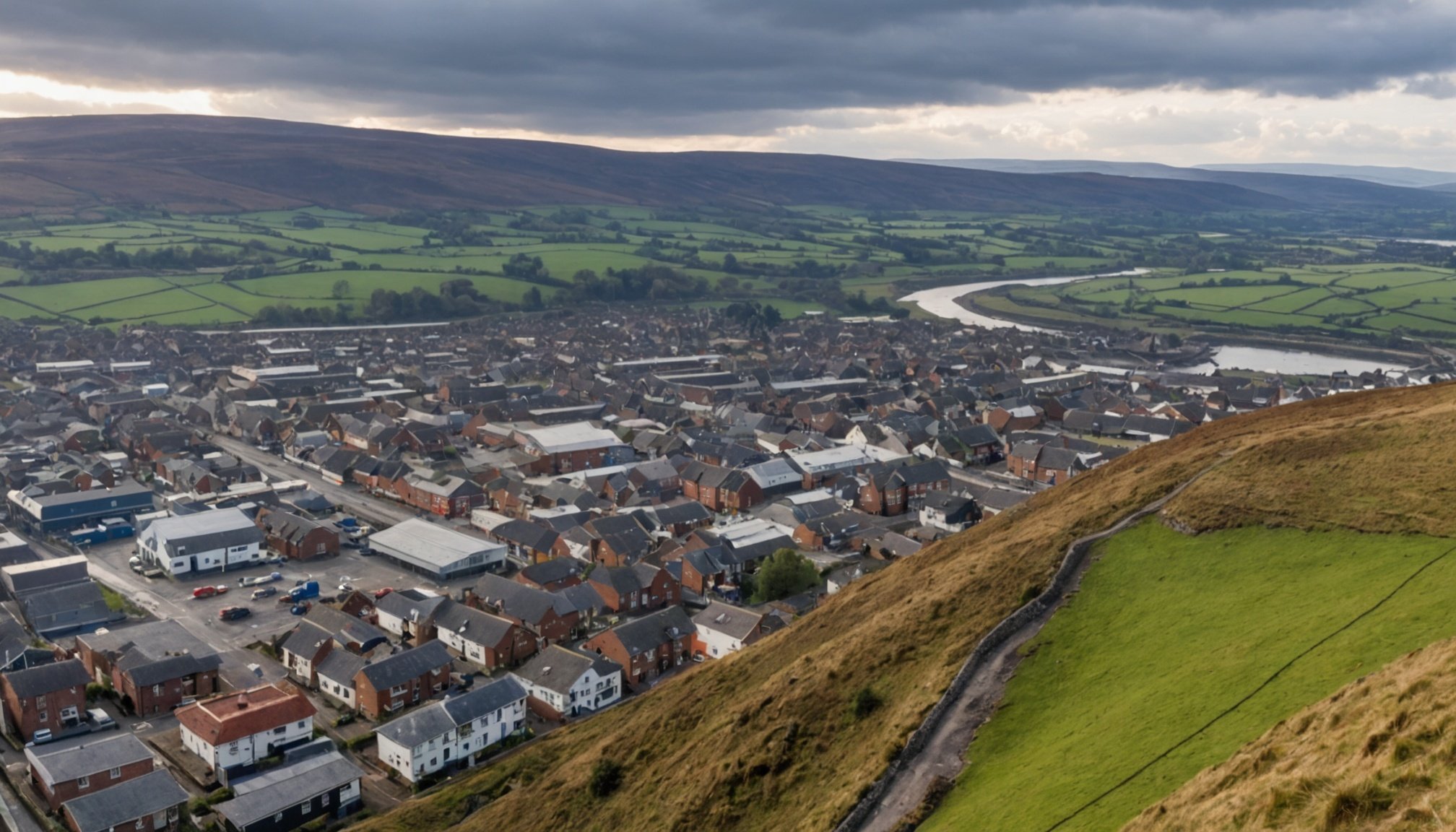Understanding Seismic Risk for Property Investors
Seismic risk is a critical consideration for property investors, particularly in areas prone to earthquakes. Seismic risk assessment informs investors about potential hazards, impacts on structural integrity, and economic consequences. Conducting thorough geological studies enables investors to understand the probability and severity of earthquakes in given locations.
To effectively manage property investment risks, investors must become familiar with high-seismic zones. In the UK, regions like Scotland and Northern Ireland present varying seismic activity levels. Identifying these zones aids in strategic decision-making and asset protection, potentially influencing real estate values significantly.
Also to discover : Maximizing community impact: essential strategies for property developers in emerging uk housing projects
Implementing these practices is crucial as they help harmonise investment strategies with potential natural hazards. Studies provide insights into property risks, guiding investors to safe and promising investments. Therefore, understanding seismic risk forms an integral part of property evaluation processes, ensuring informed and profitable decisions.
In high-seismic zones, properties may face depreciation or require costly updates to meet safety standards. Being aware of these factors lets investors plan appropriately, maintaining property value amidst uncertainties. Assessing geological conditions with professional insights is paramount in anticipating and mitigating seismic risks.
Also to discover : Maximizing Returns: The Financial Perks of Investing in Real Estate Near UK Film Studios
Risk Assessment Techniques for Properties
Understanding risk assessment methods is crucial in safeguarding properties against seismic events. These methods provide critical insights into the property evaluation process, equipping investors with strategies for earthquake preparedness. One technique involves comprehensive property evaluation, where various factors such as location, existing structure, and historical seismic data are considered. This ensures a deep understanding of potential vulnerabilities.
Utilizing technology greatly enhances these assessments. Geographic Information Systems (GIS) and seismic modeling are tools that can map and predict potential quake impacts. They offer visual data, making it easier for investors to comprehend complexities.
Developing a seismic risk mitigation plan is the next step. Such a plan should include key components like regular updates on new seismic data, structural reinforcements, and emergency protocols. Tailoring strategies to specific property risks allows for targeted solutions.
Engaging professionals is critical for an in-depth assessment. Consulting geotechnical engineers and seismic experts ensures that evaluations are grounded in expertise and experience. Selecting professionals should be based on their track record, expertise, and ability to provide actionable insights, thus ensuring assessments are robust and comprehensive.
Construction Best Practices in Seismic Areas
Building in earthquake-prone regions requires special attention to seismic-resistant design. Structures that incorporate these elements can withstand the dynamic stresses caused by seismic events. One key design feature includes the use of flexible joints and reinforced concrete frames to absorb and dissipate energy. Ensuring that load paths are continuous and unbroken also contributes to a building’s resilience in high-seismic zones.
Adhering rigorously to local building codes in the UK is crucial. These regulations ensure that constructions are safe and capable of withstanding expected seismic forces. Compliance not only reduces liability but can also enhance property value as it reflects a commitment to safety standards. Knowledge of regional requirements aids investors in making informed decisions about construction techniques suited for seismic areas.
Retrofitting existing structures is another critical practice. This involves updating older buildings to comply with modern seismic standards, such as installing base isolators or adding shear walls. Although retrofitting can be costly, the long-term safety benefits and potential insurance savings often justify the investment. Evaluating the cost-benefit of retrofitting versus new construction is essential for investors strategising in high-seismic zones.
Insurance Strategies for High-Seismic Zones
Investors navigating the property landscape in high-seismic zones must prioritize seismic insurance options. Insurance strategies are vital, offering a buffer against unexpected financial setbacks from seismic events. Properties in these zones necessitate tailored property insurance coverage that accounts for potential earthquake-induced damages.
Understanding the nuances of coverage limits and exclusions is indispensable. Many policies specify particular geographical regions and event magnitudes, influencing premium costs and claim potential. This underscores the importance of scrutinizing policy details to avoid underinsurance pitfalls. Selecting a policy that aligns with property needs assists in mitigating risks effectively.
Evaluating and choosing the appropriate insurance involves comparing different coverage plans and their offerings. Consider factors such as payout turnaround time and insurer reputation. Reliable insurance providers often present diverse risk management solutions, offering both comprehensive coverage and advice on loss prevention measures.
Additionally, investors should leverage professional advice when selecting insurance products. Engaging with specialists knowledgeable about seismic insurance ensures well-rounded protection that caters to unique property needs in seismic hotspots. This approach fosters a resilient investment strategy, safeguarding assets and enhancing long-term financial stability.
Navigating Government Regulations
The landscape of seismic regulations in the UK is crucial for property investors aiming to safeguard investments in high-seismic zones. Regulations often dictate how properties can be developed, directly impacting investors’ strategies. For instance, compliance with safety standards can affect timelines and costs, hence influencing property investment plans.
The UK government provides specific policies focused on seismic risk assessment and safety protocols. These policies ensure that new constructions and refurbishments meet standards designed to withstand potential earthquakes. Familiarity with these guidelines is essential, as failing to adhere could halt projects or result in legal penalties.
To effectively navigate this regulatory framework, investors should tap into resources and support systems. These include advisory services from governmental bodies and access to current regulatory materials. Consulting with experts who specialize in seismic regulations also enhances compliance and aids in identifying potential obstacles early in the investment process.
Staying updated on high-seismic zones and related regulations helps investors make informed decisions, ensuring their properties are both legally compliant and resilient. By understanding and applying these rules, investors can mitigate risks and engage in strategies that protect their assets and promote long-term growth.
Case Studies of Successful Investments
Examining investment case studies offers valuable insights into managing properties in high-seismic zones effectively. A key example involves properties that thrive despite seismic threats due to robust risk management practices.
Successful Property Models in Seismic Zones
Such properties often showcase strategic use of seismic-resistant designs, advanced technology, and comprehensive risk management strategies. One significant lesson learned is that investing in high-quality materials and design features, such as flexible frames and reinforced structures, can substantially mitigate earthquake impacts.
Stakeholder Collaboration
Collaboration with local agencies, including geotechnical engineers and seismic experts, forms the backbone of many success stories. Effective partnerships have enhanced property resilience and informed better decision-making processes. Case studies highlight how experts facilitated tailored solutions, leading to improved asset protection.
Long-term Results and Impact
Proactive risk management strategies have consistently demonstrated long-term benefits. Properties incorporating these tactics often see higher economic performance despite challenging conditions. A notable example is a UK-based residential complex employing cutting-edge seismic technology, resulting in increased property value and reduced maintenance costs over time. Such outcomes reiterate the importance of integrating strategic planning and expert collaboration in high-seismic zones.

